
Yesterday, it was revealed that UCI Continental team Saint Piran broke UCI rules by applying frameset approval stickers to bikes that had not been formally approved.
The stickers, which are commonly found on the seat tube just underneath the top tube, signify that the frameset in question meets certain technical criteria necessary for it to be permitted for UCI-sanctioned competitions.
But what does that actually mean? Is a non-compliant bike unsafe, and who actually does the testing?
The truth is, that between UCI certification, ISO standards, and trading standards there is a whole world of different frameworks to ensure that your bike is safe, so we thought we would break them down to shed some light on frameset regulation.
What is a UCI approved frameset?
In short, a UCI-approved frameset is one that meets the UCI's technical specifications, and has been formally approved.
Sounds simple, but the approval process is rather complex and can take up to three months from the day of application to the official approval being granted.
It's also worth noting that the main purpose of the UCI's approval scheme is to ensure that no one is gaining an unfair advantage in a UCI-sanctioned event, as well as keeping everybody safe. Hence, you won't find a UCI Approval sticker under the top tube of your hybrid e-bike!
The full approval procedure only applies to 'one-piece' frame models that require a mold during their manufacturing process - in other words, any carbon fiber frame. For these framesets, the UCI requires 2D and 3D drawings, as well as prototype frames for checks to be carried out on frame tube dimensions, to ensure that they don't break Art 1.3.020 of the equipment ruling relating to frameset profiles. Framesets must also meet the relevant International Organisation for Standardisation (ISO) requirements.
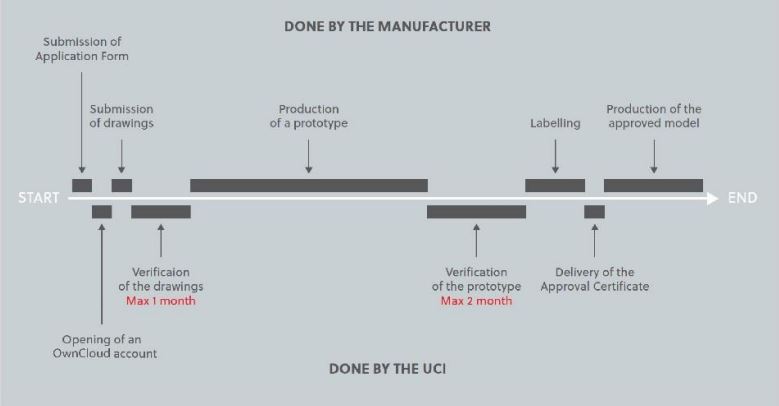
Alloy and steel frames can be approved through a simplified approval procedure. For this, manufacturers merely have to provide the UCI with technical drawings for each size, however, the frames must also meet all relevant ISO, testing which we will come on to later.
The process costs 5,000 CHF + VAT per frame size for carbon frames, or 3,500 CHF + VAT for alloy, titanium, and steel frames, and is limited to eight frame sizes.
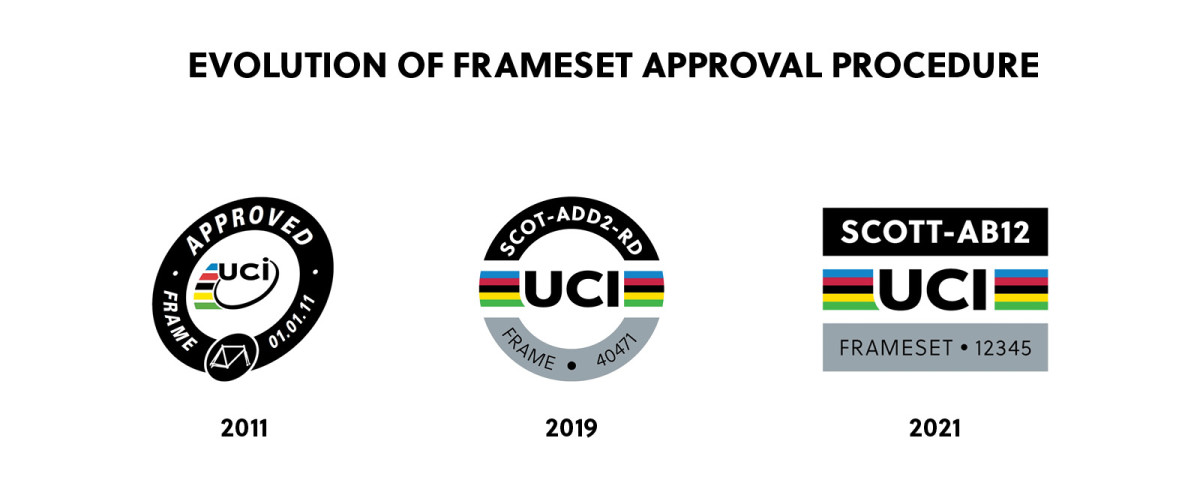
Once a frameset has received its official approval from the UCI, a brand can begin manufacturing, and apply official UCI stickers to its frames. The frame stickers were introduced back in 2011 as a way of streamlining the process of recognising whether or not a frameset is fit for use in a UCI sanctioned event.
Former Head of Innovation and Cycling Esport at the UCI, Michael Rogers, is quoted on the UCI website, explaining: “This little sticker is a time-saver for everyone immediately before a race as the UCI Commissaire can quickly identify approved framesets. It also reduces the risk of bicycles being refused by UCI Commissaires at the last minute.”
“Basically, a bike with the latest sticker meets UCI requirements when it comes to technical compliance, safety and quality, and commercial availability. This procedure does not prohibit technological evolution, but it does ensure a level playing field for all riders in a race.”
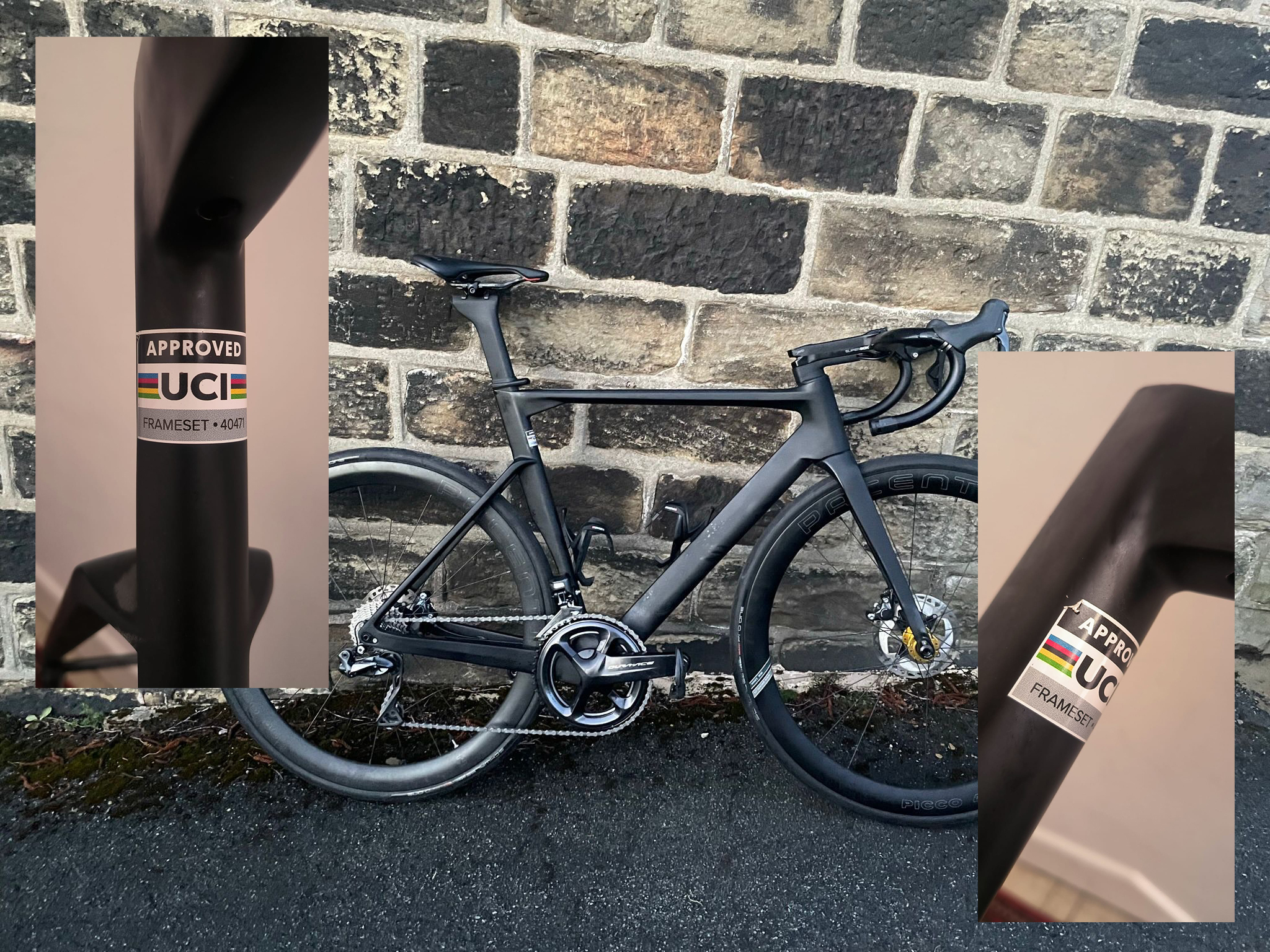
Another key stipulation is that the frame stickers must be applied to the frameset at the point of manufacture. This generally means that the frame stickers will be applied below clearcoat, thus making them harder to falsify - a requirement that sources told Cycling Weekly Saint Piran tried to pass off by applying clear nail polish.
What are the ISO standards, and do all bikes have to meet them?
ISO standards are essentially a list of safety requirements set out by the International Organisation for Standardisation, drawn up to deem a bike safe for consumer use. The specific tests are 'ISO 4210 - Safety requirements for bicycles'.
However, bicycles sold in the UK don't necessarily have to meet ISO 4210 standards. Instead, companies must ensure that a product is safe for its intended use, a requirement enforced by law. It's also worth noting that in many cases, particularly in the high-end road cycling space, companies regularly go above and beyond ISO testing due to its somewhat outdated nature. It may pay to exceed them when pushing the limits of an atypical material or build - ultralightweight frames, for example.
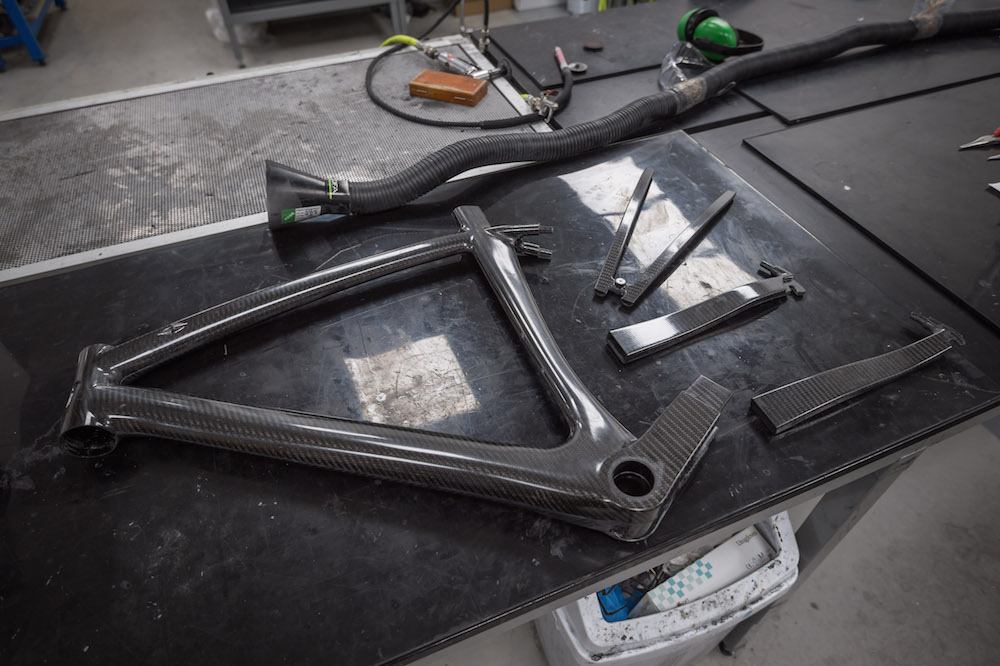
So, if it is not obligatory, why do companies bother submitting frames for ISO testing? Well, if the company were to incur legal action, the ISO tests can help present the case that a company has done its due diligence in ensuring the safety of the consumer. However, companies such as Hunt, Canyon and Specialized, all have well-documented testing results from their own labs, which could also be used in a court situation because they go above and beyond the ISO standards.
Are UCI approved framesets safer?
Well, in short, not exactly.
While it is true that for a frameset to be UCI approved, it must meet the necessary ISO standards, this doesn't necessarily mean that a non-UCI-approved frameset will A) not meet ISO standards anyway, or B) not be considered safe for a consumer.
Instead, the buck stops with the law in whichever country you are purchasing a bike. So in the UK, the consumer is protected by the Consumer Rights Act 2015. In the event that a bike frameset, or indeed a component, were to have an issue that causes it to face legal action, it's up to the brand to show that it has done its utmost to ensure the safety of that product.
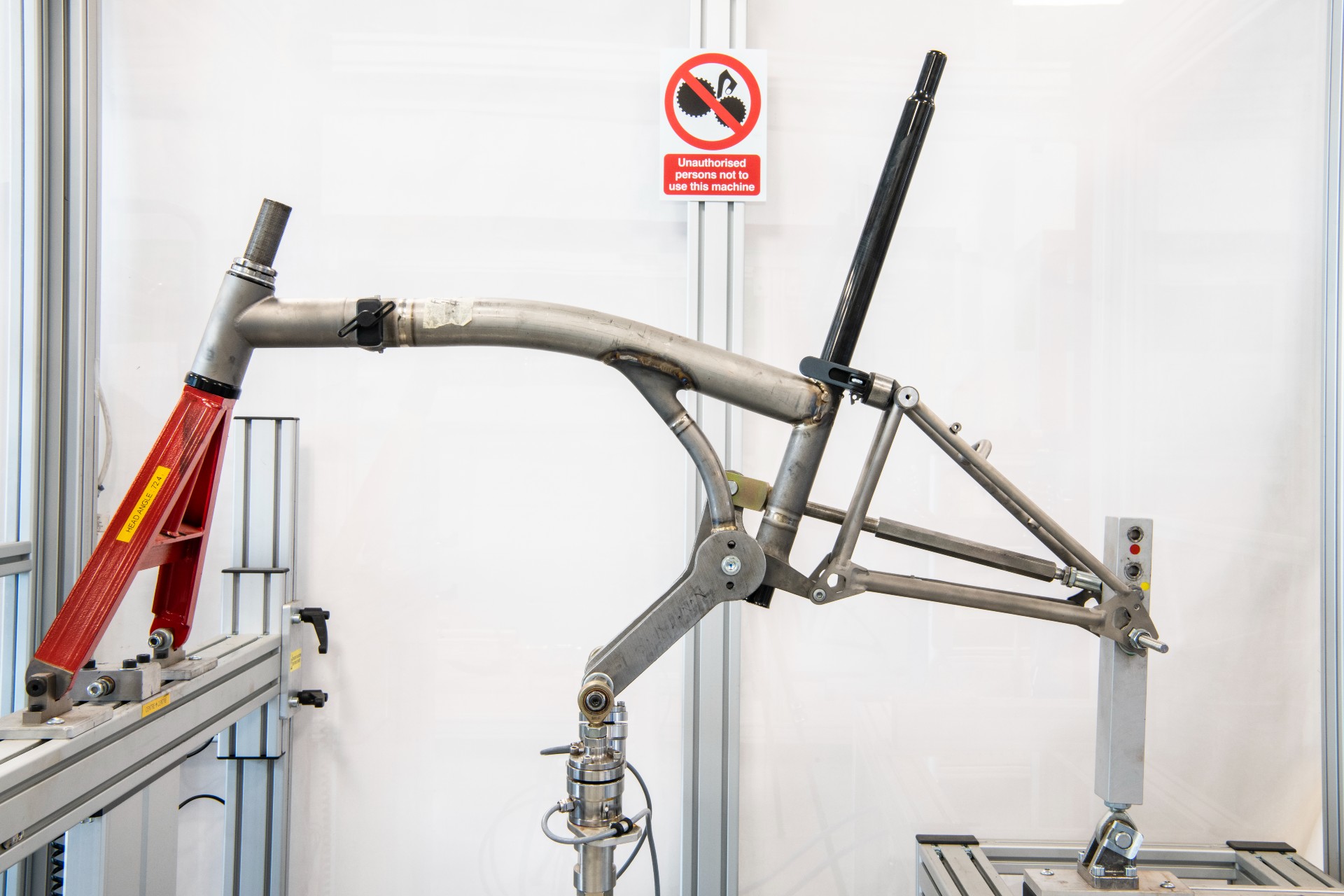
There is also an argument that some framesets that aren't UCI-approved could technically be safer than framesets that are. The case for this would be a frameset that just scrapes through ISO 4210 testing and is subsequently UCI-approved, versus a non-UCI-approved frameset that meets far more stringent tests than ISO 4210.
Overall, we are demonstrating here what a headache this topic is for manufacturers, but it's certainly one that we are glad is taken so seriously. The bottom line is, if you are buying a bike of any kind from a reputable shop, seller, or online outlet, you can rest assured you have a safe product provided you keep it well maintained.







